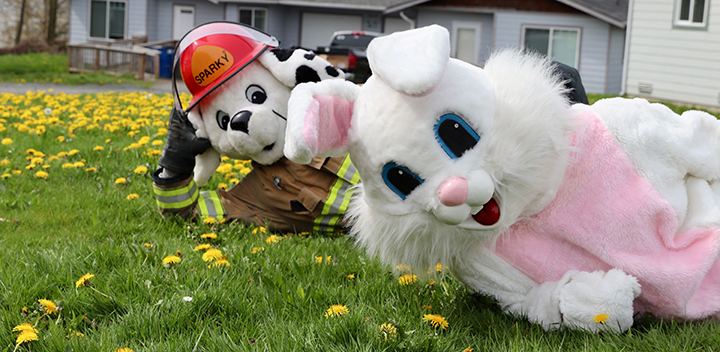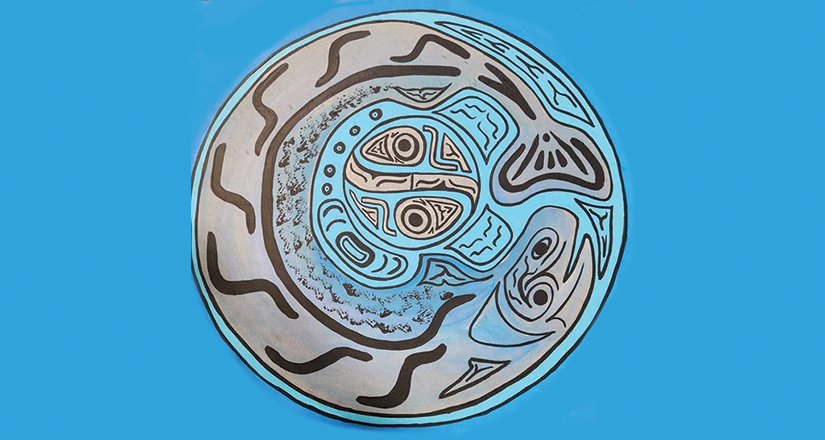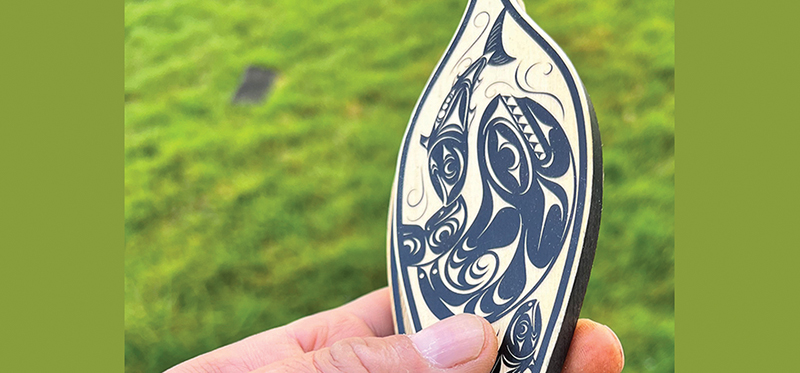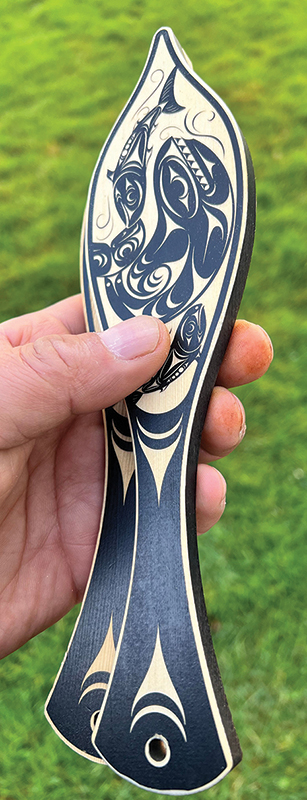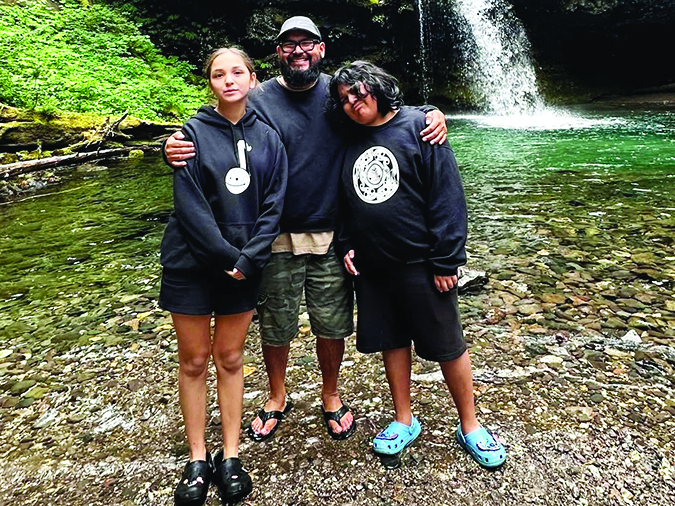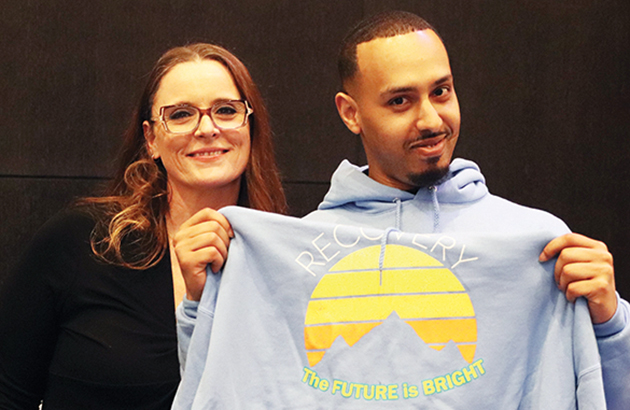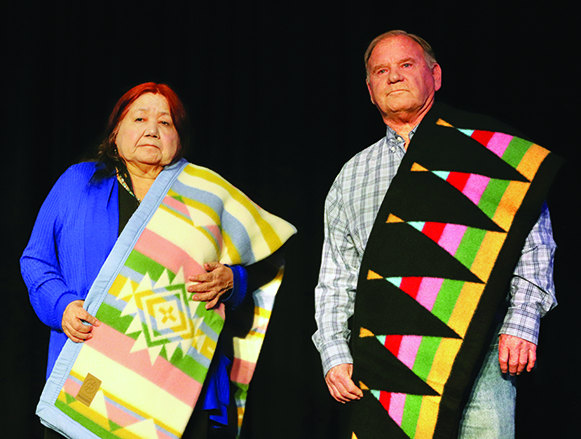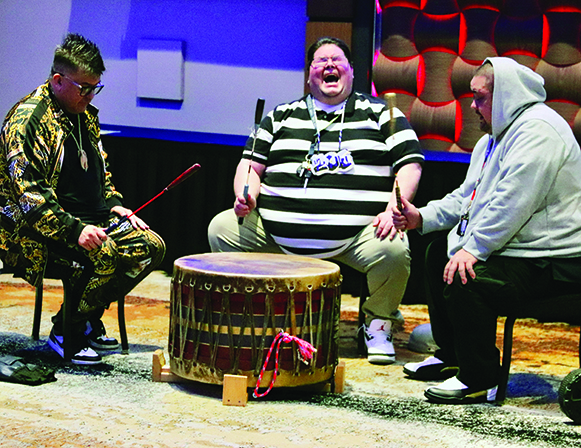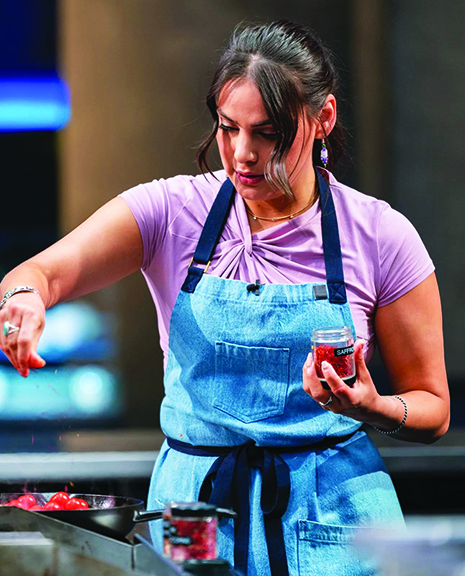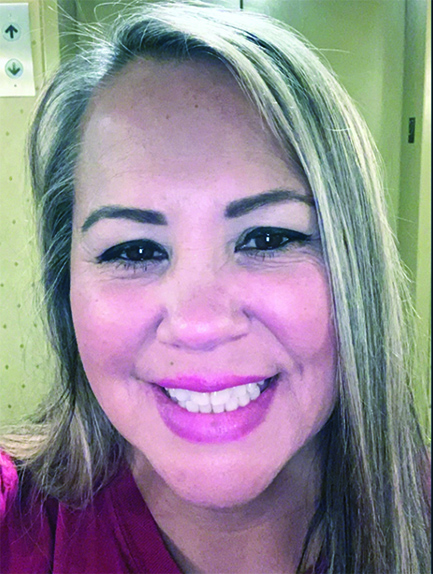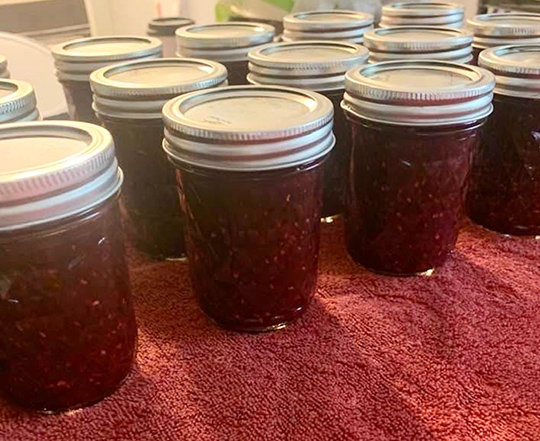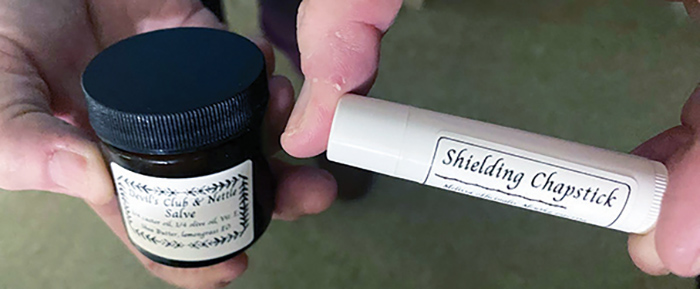
By Wade Sheldon; photos courtesy of Bibianna Ancheta
Time is ticking away as the 2025 Annual General Counsel meeting approaches at the Tulalip Resort Casino on April 12. Doors open at 7:00 am, and those who arrive early will enjoy delicious treats and fabulous art from six of Tulalip’s small businesses. Cool gift boxes featuring the 1855 treaty inside are provided to read while you explore the wonderful gifts selected by the BOD for 1,200 lucky tribal members.
Jams, smoked salmon, cedar clappers, sugar scrub, whale paintings, and handmade chapstick symbolize a life of sovereignty. The tribe works toward these goals: enabling tribal members to expand their livelihoods by crafting and shaping the lives they wish to lead. By flourishing through creativity, these artists showcase their unique crafts. You can experience the blessings of these small businesses by arriving early and casting your vote.
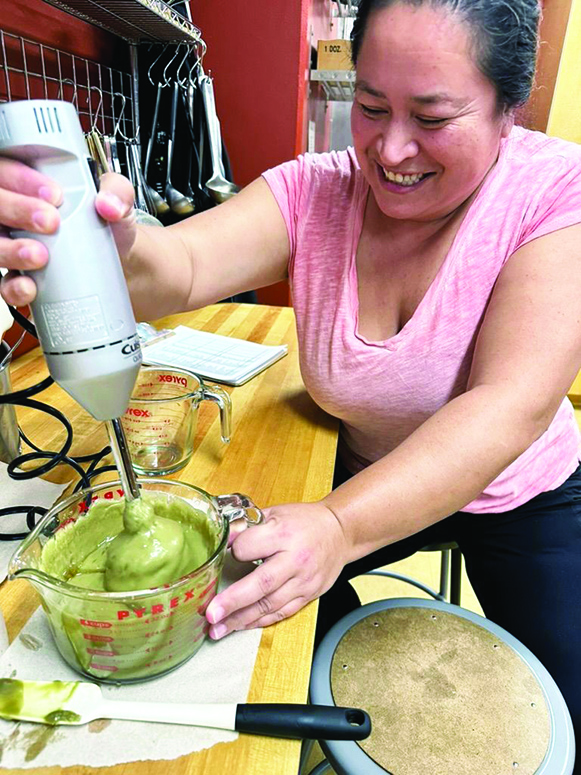
In our final segment on the GC gifts, we present Bibianna Ancheta and her rejuvenating chapstick. From a young age, Bibianna learned to use traditional and medicinal herbs to create healing salves and chapsticks. She has since dedicated herself to using this knowledge to produce natural, unique products that reflect her cultural teachings.
“Part of my teachings led me to more traditional herbs that are unique to our people, like Devil’s Club and nettles,” said Bibianna, an herbal science student at Bastyr University in Kenmore, Washington. “Devil’s Club and nettles are only ethically harvested by native herbalists.”
“For the last two years, I have been trying to explain to people the great benefits of medicinal herbs,” she shared. “I’ve provided products that aren’t available anywhere else.”
Reflecting on receiving the GC gift order, Bibianna admitted, “I submitted my bid and didn’t think I would be chosen. It was a challenge. I had to use skills I don’t normally use, like math, to scale up my operation. It was a good experience to know I could accomplish such a big order, but I want to be more of an intimate herbalist who works closely with my people. Filling the order was challenging because I am a full-time student.”
Despite the difficulty, the experience was gratifying. “I am honored to get this opportunity. It’s like a reintroduction into my community with my education. It’s a different level of fulfilling.”
Looking ahead, Bibianna dreams of continuing her work within her community. “My dream is to return to my people through the Tulalip Health Clinic, get integrated through the wellness center, and hopefully make products for my people.”
When asked what she enjoys about creating chapsticks and other herbal products, Bibianna replied, “It’s so uniquely diverse and adaptable.” She finds joy in formulating different products and expresses, “It gives me a great sense of purpose, feeling like I am stepping into the medicine teachings that I have been receiving my whole life.”
Bibianna concluded, “I am grateful and humbled by this opportunity, and I look forward to returning to the community with all the knowledge I have picked up. I look forward to gathering our medicine for the people. It’s important to protect our medicine and help the people so we don’t have to rely on Western medicine or outside sources.”
If you want to buy some of Bibianna’s medicinal salves, chapstick, and other products, you can contact her on her Facebook at Bibianna Ancheta.
